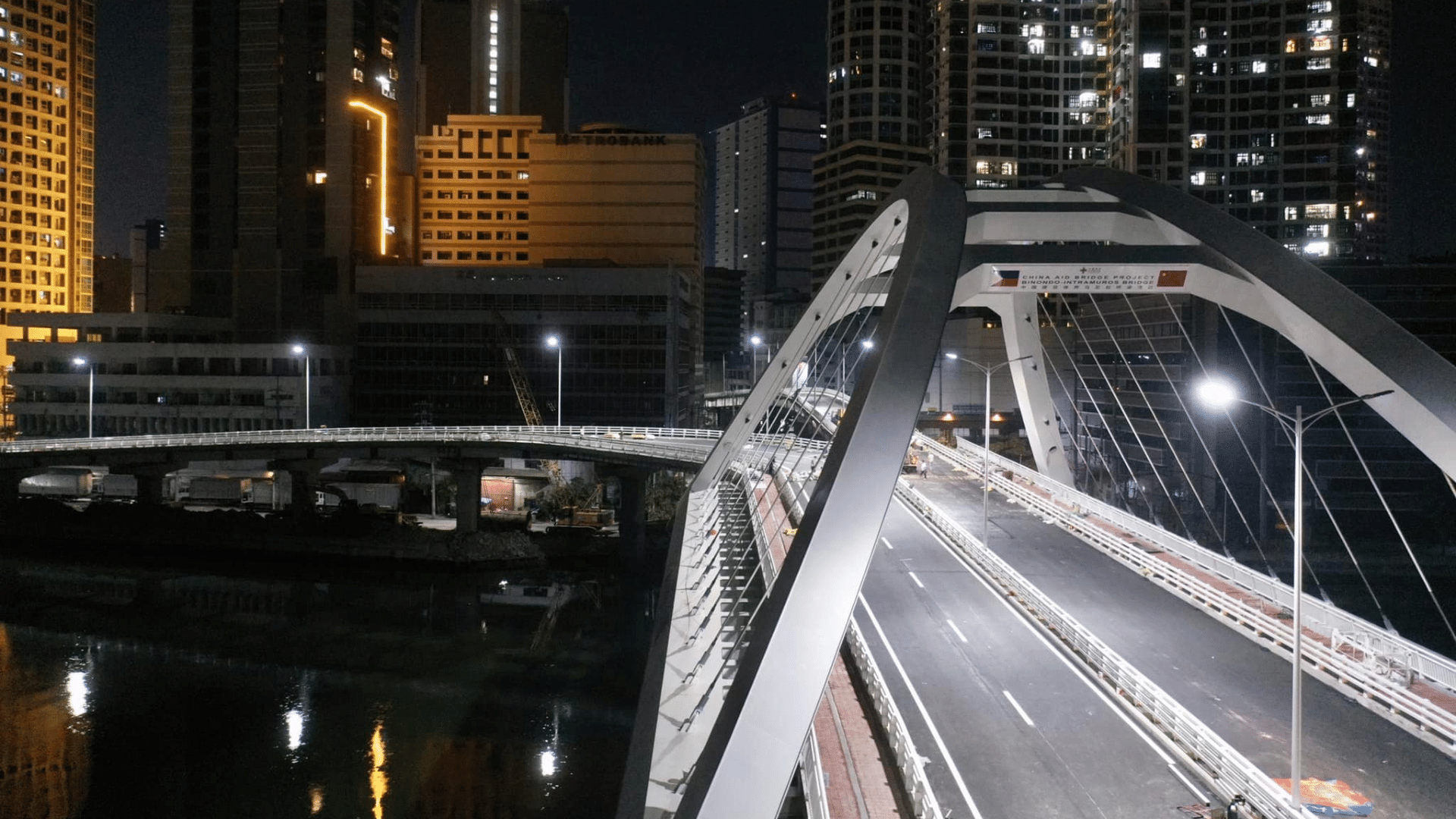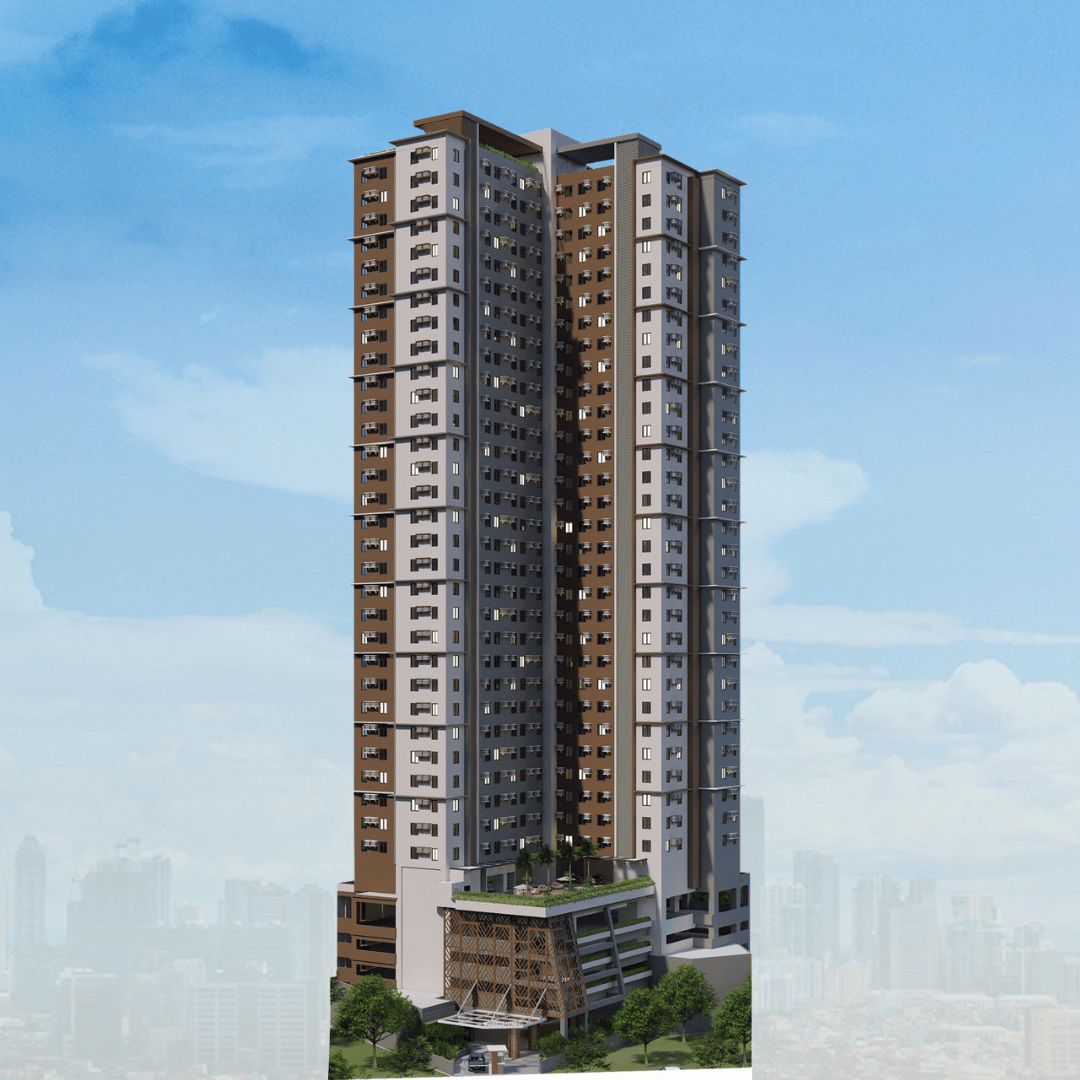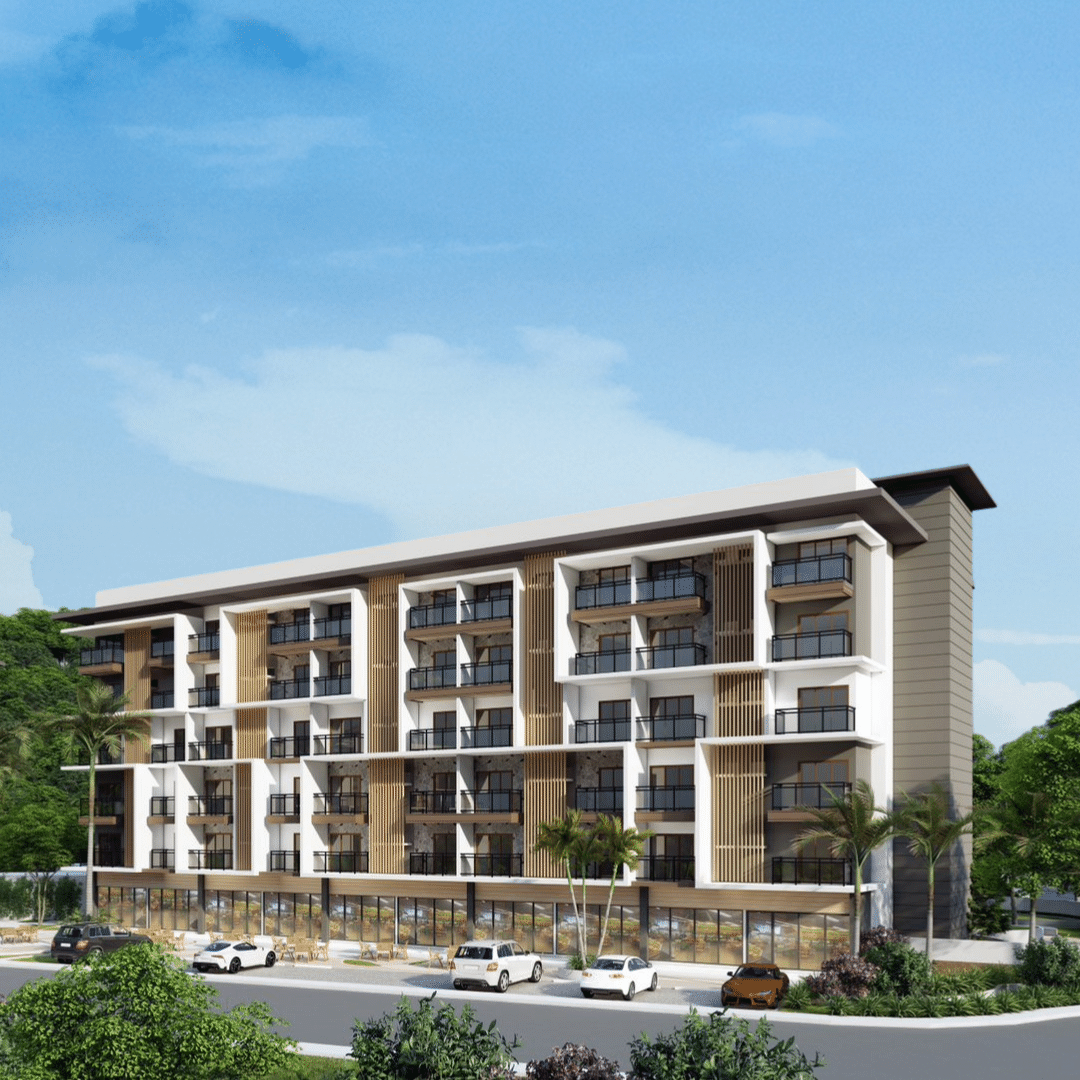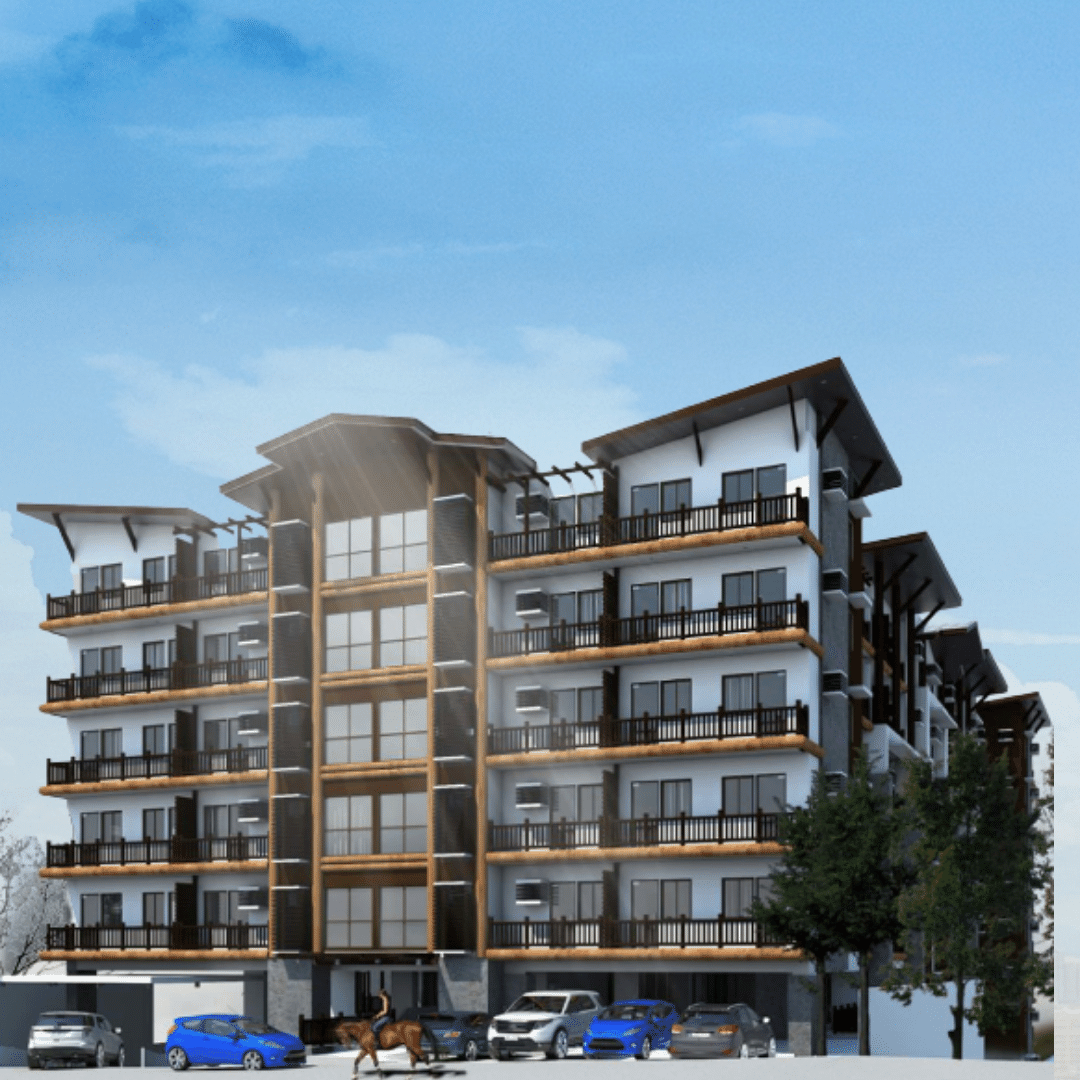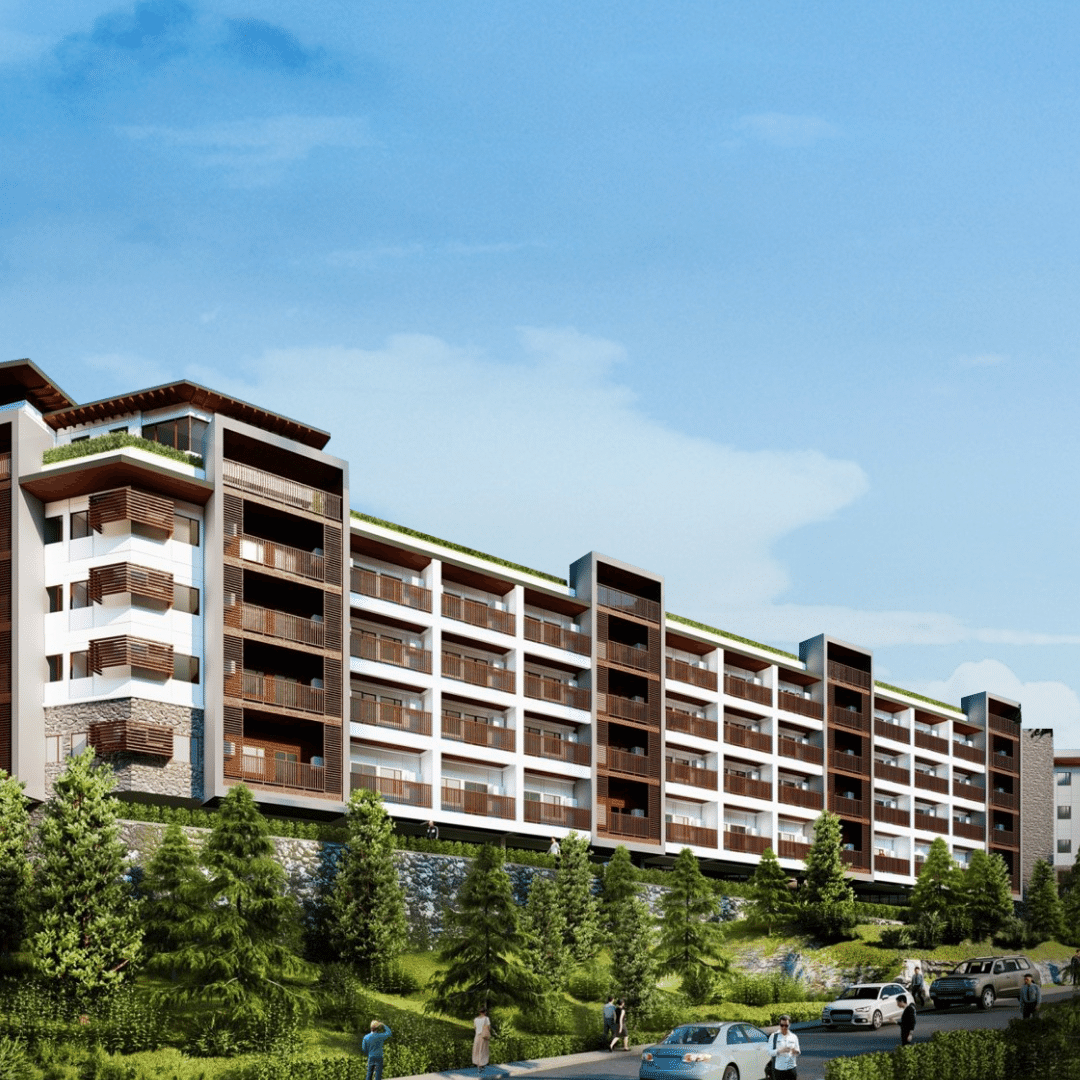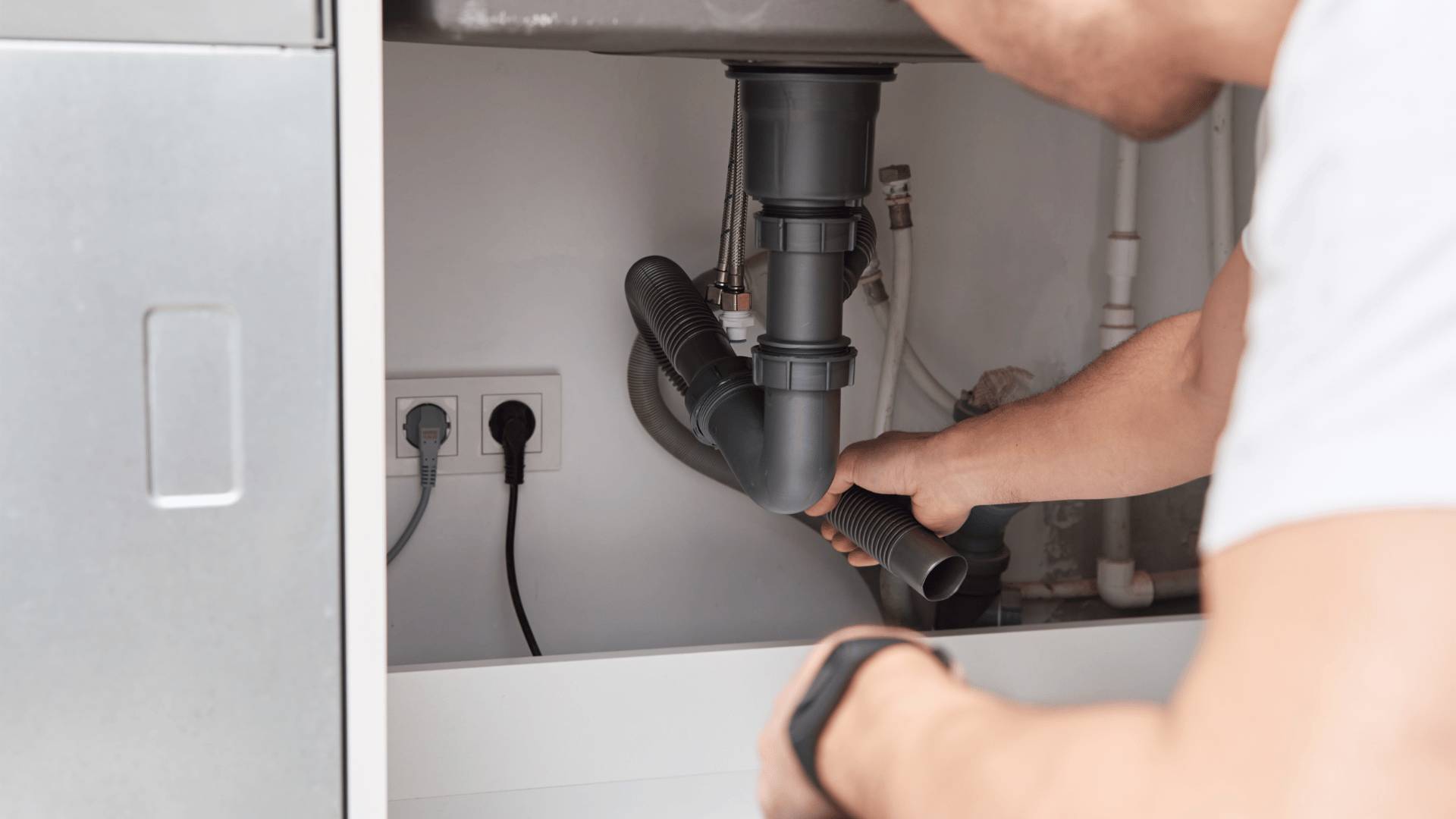The Build! Build! Build! program is a national infrastructure plan that aims to usher in the “Golden Age of Infrastructure” in the Philippines. To accelerate and maintain socioeconomic progress, increase global competitiveness, and promote physical integration, the Philippines, as an archipelago of over 7,000 islands, requires efficient and modern transportation infrastructure, logistical facilities, and power infrastructure.
And one of the projects of the Build, Build, Build program under the Duterte administration is Binondo Intramuros Bridge which has been inaugurated recently.
In an effort to ease congestion in Metro Manila, the Department of Public Works and Highways (DPWH) opened the Binondo-Intramuros Bridge Project across the Pasig River in the City of Manila on Tuesday, April 5, 2022. The Binondo-Intramuros Bridge is a 680-meter long structure that links Intramuros and Binondo. The four-lane, two-way structure will feature a viaduct structure over Estero de Binondo, with access points along Solana Street, Riverside Drive, Rentas Street, Plaza del Conde Street, and Muelle de la Industria.
For the latest Binondo Intramuros Bridge update, the project was inaugurated by President Rodrigo Roa Duterte together with DPWH Secretary Roger G. Mercado.
The Philippine Government and the People's Republic of China collaborated on the Binondo-Intramuros Bridge Project. It is fully funded through a China grant, along with the completed Estrella-Pantaleon Bridge.
Philippines President Rodrigo Duterte said that the Intramuros-Binondo Bridge will help Filipinos experience economic growth and enhanced productivity. He hopes present and future generations will enjoy enhanced mobility and connectivity through the innovative physical integration of this climate change-resistant bridge. Duterte thanked DPWH for completing this project which is one of the key projects of the Build, Build, Build program.
To accommodate the growing demands and needs of people, we have to undergo the inevitable act of urbanization. The operation of urbanization and its benefits are being mobilized in every country by making its cities more competitive, inclusive, and supervised.
Rich History of Intramuros and Binondo
Intramuros is the historical and cultural heart and soul of the Philippines. Intramuros can best be understood in relation to its surrounding neighborhoods, particularly Binondo, San Nicolas, and Ermita. As a result, the three neighborhoods are often considered together as one area.
The name Intramuros is Spanish for "within the walls", and refers to the fact that, until after World War II, this area was fully enclosed by city walls. Nowadays there are only remnants of those walls—the land has been repurposed to accommodate the growing Manila metropolis. The original walled city was founded in 1571 with the construction of Fort Santiago. It also housed Manila Cathedral as well as many other important religious buildings.
Binondo is Manila's Chinatown, established in 1594 by Spanish Governor Luis Perez Dasmariñas and located just north of Intramuros across the Pasig River. Its name comes from a Spanish corruption of the word Binondo, which means "beautiful mountain". It was originally an area inhabited primarily by Chinese immigrants, but now it is home to a diverse community including Filipinos, Chinese and Japanese populations, among others.
This Intramuros-Binondo Bridge project will result in the creation of a new road network connection between Manila’s two central business districts. The creation of this road network connection between Binondo and Intramuros will enhance the existing road linkages by providing an additional crossing across the Pasig River.
President Rodrigo Duterte emphasized that the Binondo-Intramuros Bridge update and completion is a testament to how the nation can work together to achieve a greener, more sustainable, and climate change-resistant infrastructure.
But among these, here are four other reasons why this Intramuros-Binondo Bridge will benefit the Filipino people:
It will benefit around 30,000 passing motorists daily.
The Filipino government has designed a new traffic decongestion system in hopes of easing the stress of many motorists.
Between two of Manila's busiest areas, the project is estimated to help roughly 30,000 passing automobiles each day. It was created to help alleviate traffic congestion in Metro Manila as more individuals undertake on-site employment in the new normal.
It was designed to ease traffic in Metro Manila as more people begin on-site work under new normal conditions. This will be easier for people to travel to their office, home, or even to their condo in Manila.
Intramuros-Binondo Bridge also includes a bicycle lane with thermoplastic road lines and protected sidewalks on both sides.
Bike lanes in an urban context may provide several benefits to the community. More and more cities are seeking ways to cut down on congestion while also improving the environment, and these cities are turning to bicycles.
Bike lanes are easy to create and maintain, allowing more people in the community to use them without a significant increase in construction or upkeep costs.
Intramuros-Binondo Bridge is a climate change resistance infrastructure.
The Philippines is one of the world's most disaster-prone nations. Annual typhoons and a changing climate have made it highly vulnerable to natural disasters.
In light of its significant vulnerabilities, climate-resilient infrastructure is planned, designed, built and operated in a way that anticipates, prepares for, and adapts to changing climate conditions. It can also withstand, respond to, and recover rapidly from disruptions caused by these climate conditions.
It will provide a comfortable life for every Filipino through various opportunities for growth and success.
A new bridge connecting two significant historical landmarks for both the Chinese and Filipinos will help improve travel efficiency in the area, and advance the country’s bridge-construction skills and technology, while stimulating the Philippine economy’s construction, transport, tourism, and human skills-development industries, among others. This bridge will be a park that commemorates the brotherhood forged through fighting the pandemic and the good deeds of the Filipino-Chinese community.
It will help increase the real estate market.
Cities are becoming more and more connected, and as they do, real estate markets along the usual routes of mass transportation are getting hotter and hotter.
Around the world, infrastructure projects—both proposed and in progress—are increasing the connectivity of metropolitan areas. And that means that residential real estate is becoming more valuable, especially near the proposed stops of new mass-transit systems.
Urban centers with these new systems in place are seeing an increase in demand for residential properties. This will also be a great opportunity for those who are looking for a condo in Manila. If you are searching for areas around the newly inaugurated bridge, there are condominiums to choose from that are located near the universities, business districts, such as Intramuros and Binondo, malls, and other necessary establishments. There are some condominiums in Manila offered by Vista Residences that give people a unique condominium experience, convenience, mobility, and comfort.
Vista Residences is the condominium arm of the country’s largest homebuilder, Vista Land & Lifescapes, Inc. that offers ready for occupancy and pre-selling condominium projects in Manila, Makati, Mandaluyong, Quezon City, Ortigas, Baguio, Cebu, and CDO that are strategically located within major cities, in close proximity to premium universities, transit-oriented locations, and developed business districts.
For more information on Vista Residences, email [email protected], follow @VistaResidencesOfficial on Facebook, Twitter, Instagram, and YouTube, or call the Marketing Office at 0999 886 4262 / 0917 582 5167.
